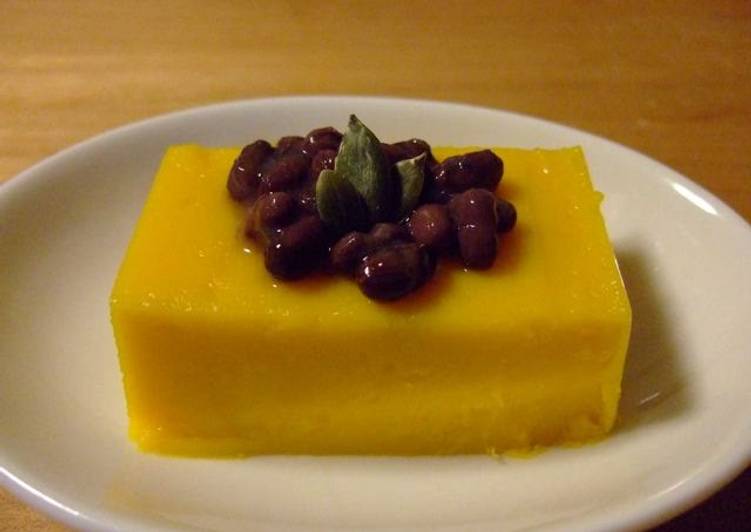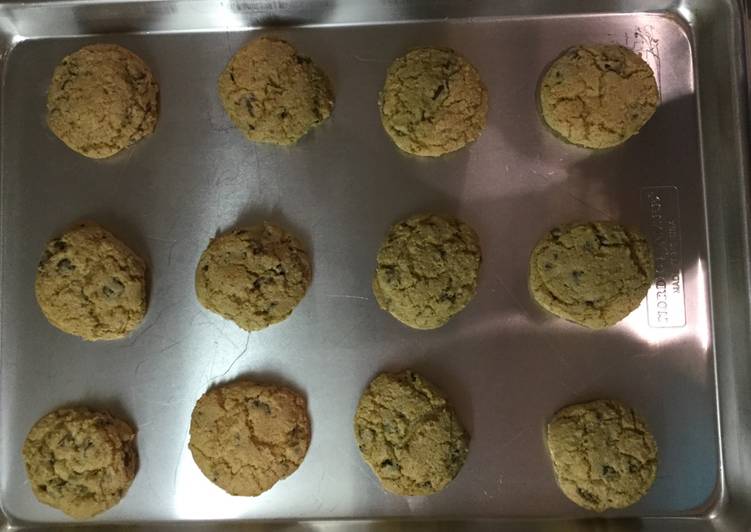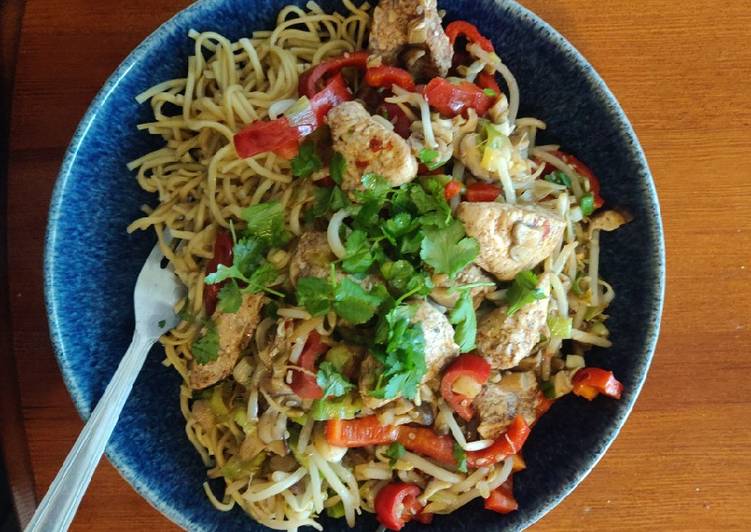
Hello everybody, I hope you’re having an amazing day today. Today, we’re going to prepare a distinctive dish, easy macrobiotic kabocha squash pudding. It is one of my favorites food recipes. For mine, I’m gonna make it a bit unique. This is gonna smell and look delicious.
I had never attempted to cook kabocha squash as I had heard a lot of how inconvenient it was to cut and prepare it at home. But in reality, I realized that it is SO EASY to prepare kabocha squash- prebaking it is the KEY to easing this process. Roasted Butternut Squash Soup - Easy Butternut Squash Soup Recipe.
Easy Macrobiotic Kabocha Squash Pudding is one of the most popular of recent trending foods in the world. It’s appreciated by millions daily. It’s simple, it’s quick, it tastes yummy. Easy Macrobiotic Kabocha Squash Pudding is something which I’ve loved my entire life. They’re nice and they look wonderful.
To begin with this particular recipe, we must first prepare a few ingredients. You can have easy macrobiotic kabocha squash pudding using 12 ingredients and 7 steps. Here is how you can achieve it.
The ingredients needed to make Easy Macrobiotic Kabocha Squash Pudding:
- Get ○Kabocha squash
- Prepare ○Soy milk
- Get ○Beet sugar, oligosaccharide, or maple syrup
- Make ready ○Kudzu powder
- Make ready ○Salt
- Make ready ●Powdered kanten
- Take ●Water
- Prepare or a few drops Vanilla beans or vanilla essence
- Take Steamed azuki beans (optional)
- Prepare Steamed kabocha squash skin
- Prepare Or, kabocha squash seeds
- Prepare Kinako
An easy roasted kabocha squash soup that yields a well-balanced, hearty, creamy soup that is garlicky. From kabocha salad, creamy kabocha soup, kabocha stir fry to kabocha squash pie, this Japanese pumpkin is amazingly versatile! This roasted kabocha squash is the perfect side. Made with low carb, high fiber kabocha squash and a hint of sweetness from maple syrup and cinnamon.
Instructions to make Easy Macrobiotic Kabocha Squash Pudding:
- Steam the kabocha squash, peel the skin, and put into a food processor. (I peeled it this time 'round for the sake of the photos, but you can also use unpeeled kabocha. It will result in a pudding with a slightly rougher texture, but it's still delicious.)
- Combine all ○ ingredients in a food processor and blend.
- Now put all the ● ingredients into a small pan. Bring to a boil, and simmer for 1 minute (to eliminate the grainy texture of kanten).
- Add the kanten mixture from Step 3 to the Step 2 blended kabocha mixture, and also add the vanilla beans (if using). Bring it to the boil again and let simmer for 2 and a half minutes until thick and smooth. (The mixture will thicken as a result of heating the kudzu flour.)
- Turn the heat off and let it cool down slightly (if you're using vanilla essence instead of vanilla beans, add it at this point). Pour into a mold and chill in the fridge for an hour.
- Remove from the mold and slice. Decorate with toppings of your choice. (Here, I used adzuki beans that I already had steamed. They're unsweetened, but still go great with the pudding).
- Also check out my "Macrobiotic Pumpkin Potage and Curry for Kids" []. I always have this up my sleeve for when I'm stuck for something to make.
Kabocha squash is one of my favorite winter squashes. It's sweet yet savory and honestly the perfect addition to a wide variety of recipes! It's delicious and nutritious when prepared this simple way! Today I thought I'd chat about how to handle Kabocha squash (a Japanese pumpkin). If you are new to Kabocha it's similar to pumpkin or acorn squash, but even better because it's even.
So that is going to wrap this up with this special food easy macrobiotic kabocha squash pudding recipe. Thank you very much for your time. I’m confident you can make this at home. There is gonna be more interesting food at home recipes coming up. Don’t forget to save this page in your browser, and share it to your loved ones, friends and colleague. Thank you for reading. Go on get cooking!

